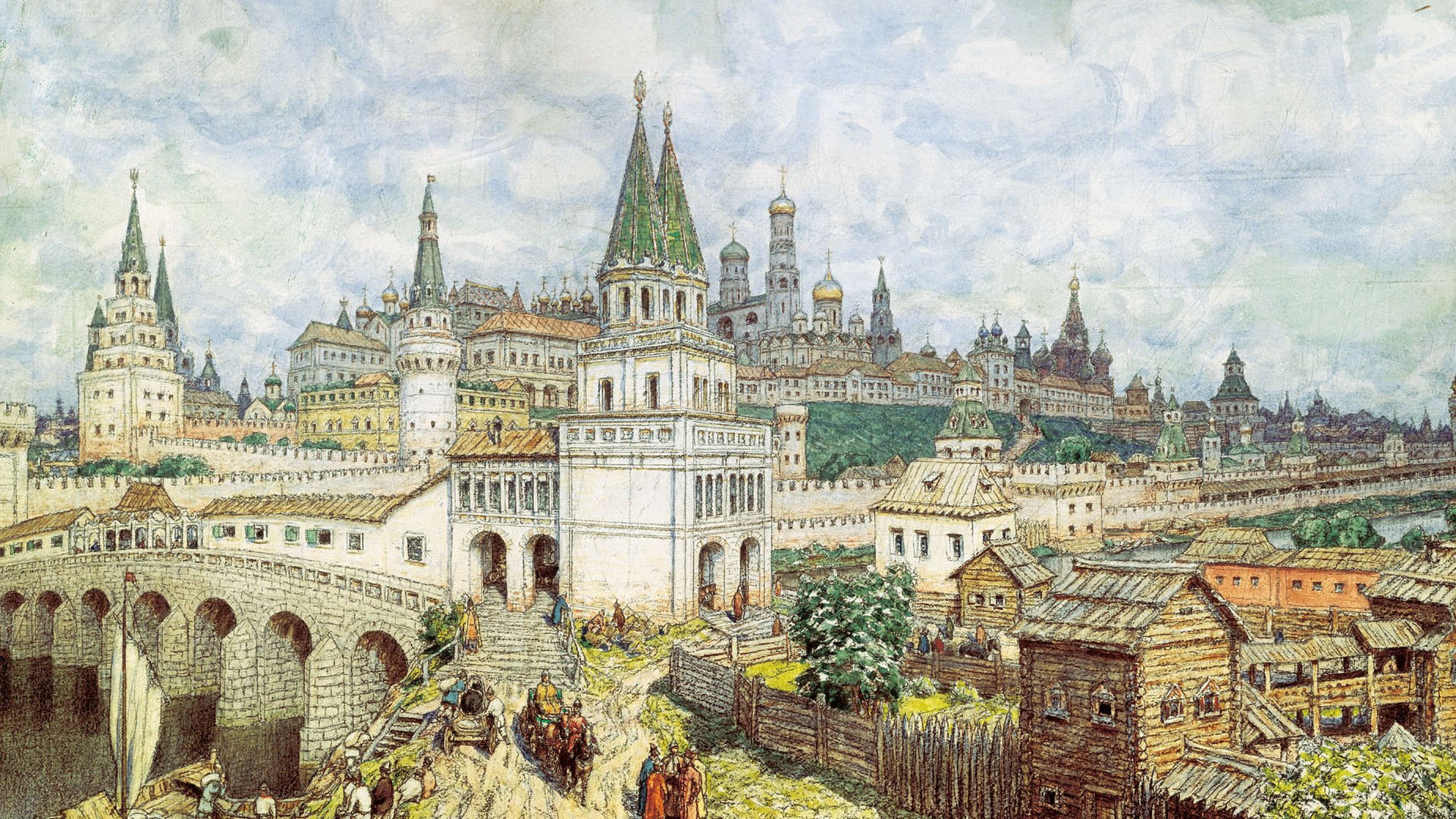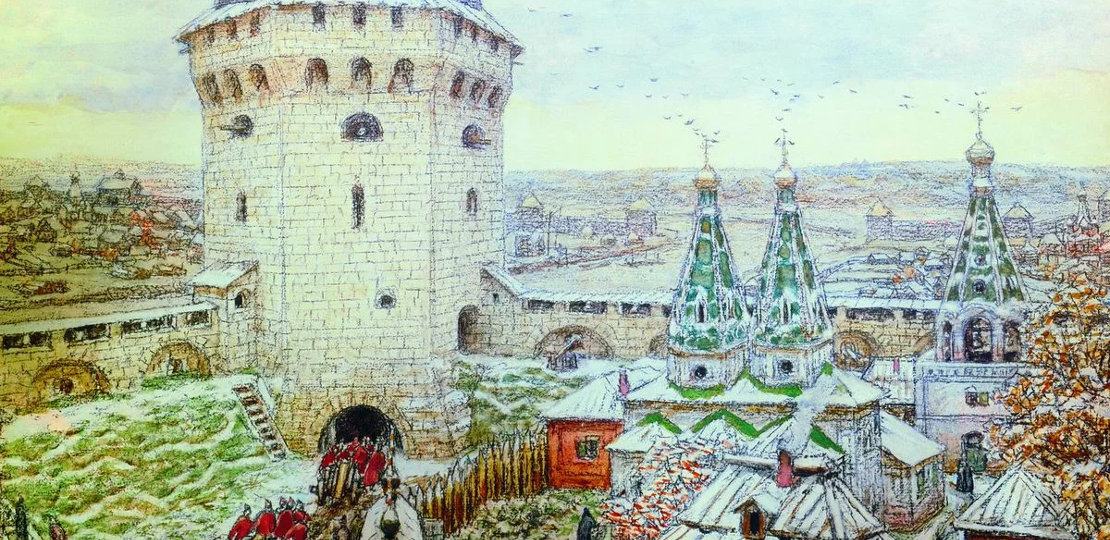In the period from 1343 to 1365, almost every 10 years, the capital of Russia suffered from severe fires three times. Each time, the wooden fortifications of the Kalita Kremlin were almost completely destroyed by fire. The steady regularity of events of the same type became the reason for the formation of the prince’s firm conviction that the fires of this period were not at all the result of accidents or careless handling of fire. The frequency of occurrence and the huge damage inflicted on Moscow clearly indicated the deliberate actions of sabotage enemy groups.

In connection with this suspicion and in order to avoid similar tragedies in the future, the princes Dmitry Ivanovich and Vladimir Andreevich decided to abandon the construction of another wooden Kremlin, but to use stone as a material for construction. The council of boyars convened for approval fully supported this decision. Immediately, in the winter of 1366, stones were brought to the suburbs of Moscow. And in the spring of 1367, the construction of a white-stone fortress began, which was completed in record time – by the spring of 1368 the Kremlin was already ready.
The laying of the stone fortress and its rapid construction enraged the enemies, taking away from them the opportunity to periodically harm Moscow, and they launched an open offensive. But the siege of the city was not successful. For three days and three nights, the Lithuanian invaders under the leadership of Olgerd waged a siege, burning the entire suburb, not sparing even the churches and monasteries, which were numerous around the capital at that time. But they did not manage to take the city itself. And the Kremlin over time expanded significantly in the eastern and northeastern directions, transferring all the trading territories that were at that time near the walls of the Kalita fortress to the borders of its walls.

